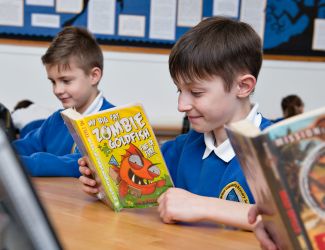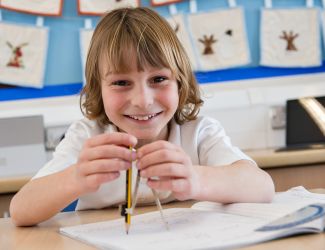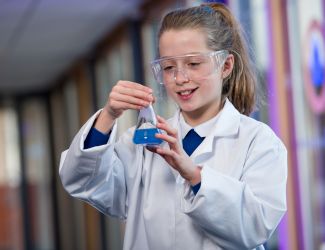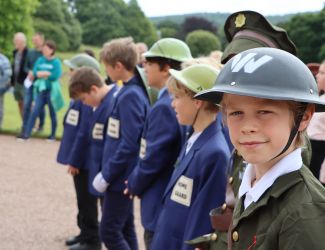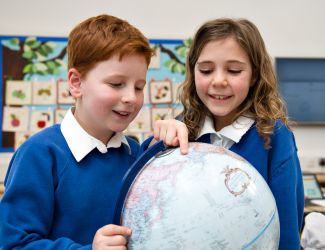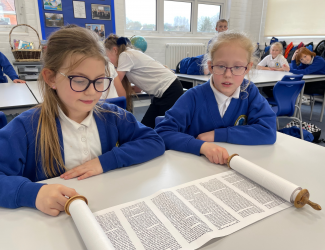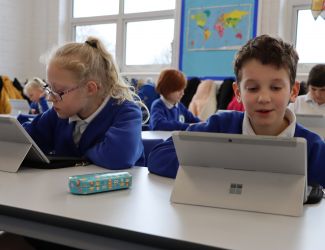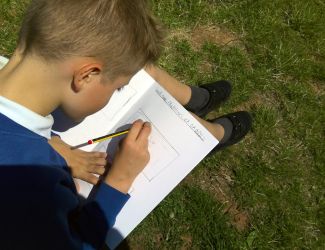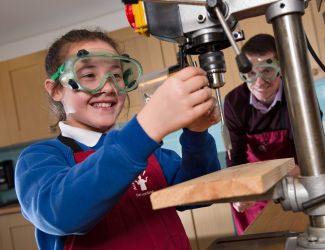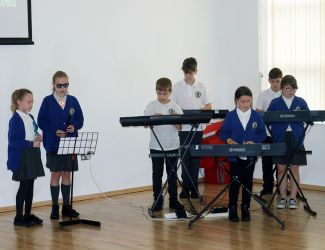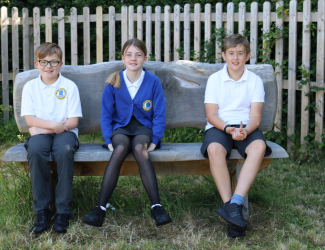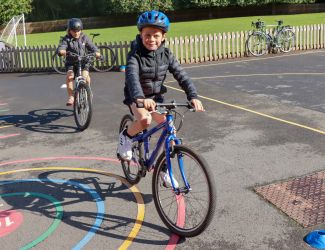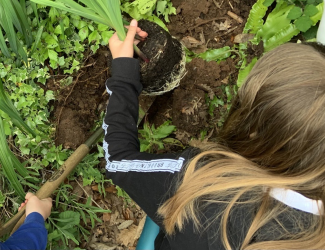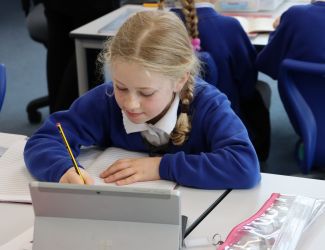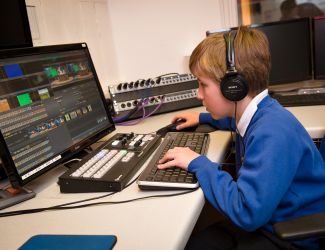Year 5 Computing Curriculum
Computing in year five is organised into three distinct but overlapping areas of knowledge and understanding: Digital Literacy, Information technology and Computer Science. Children will be taught…
Computer Science
- To use physical computing to explore the concept of selection in programming through the use of the Micro:bit and Crumble programming environment.
- To programme and use Crumble controller and micro:bit and learn how to connect and program components (including output devices — LEDs and motors) through the application of their existing programming knowledge.
- To use conditions as a means of controlling the flow of actions, and explore how these can be used in algorithms and programs through the use of an input device (push switch).
- To make use of their knowledge of repetition and conditions when introduced to the concept of selection (through the ‘if... then...’ structure) and write algorithms and programs that utilise this concept.
- To design and make a working model that will incorporate their understanding of how the controller and its components are connected, and how selection can be used to control the operation of the model.
- To develop their knowledge of ‘selection’ by revisiting how ‘conditions’ can be used in programming, and then learning how the ‘if… then… else...’ structure can be used to select different outcomes depending on whether a condition is ‘true’ or ‘false’.
- To represent their understanding in algorithms, and then by constructing programs using the Scratch and Makecode programming environments.
- To write programs that ask questions and use selection to control the outcomes based on the answers given.
- To design a quiz in response to a given task and implement it as a program.
- To evaluate their programs by identifying how they meet the requirements of the task, the ways they have improved it, and further ways it could be improved.
Information Technology
- To collect data as well as access data captured over long periods of time.
- To read and understand data points, data sets, and logging intervals.
- To use a computer to review and analyse data
- To pose questions and then use data loggers to automatically collect the data needed to answer those questions.
- To create short videos on their own and in groups.
- To develop the skills of capturing, editing, and manipulating video.
- To record using a green screen
- To know that vector images are made up of shapes.
- To use the different drawing tools and how images are created in layers.
- To explore the ways in which images can be grouped and duplicated to support them in creating more complex pieces of work.
- To develop their understanding of computer systems and how information is transferred between systems and devices.
- To consider small-scale systems as well as large-scale systems.
- To explain the input, output, and process aspects of a variety of different real-world systems.
Digital Literacy
- To use technology safely, respectfully and responsibly; recognise acceptable/unacceptable behaviour; identify a range of ways to report concerns about content and contact.

